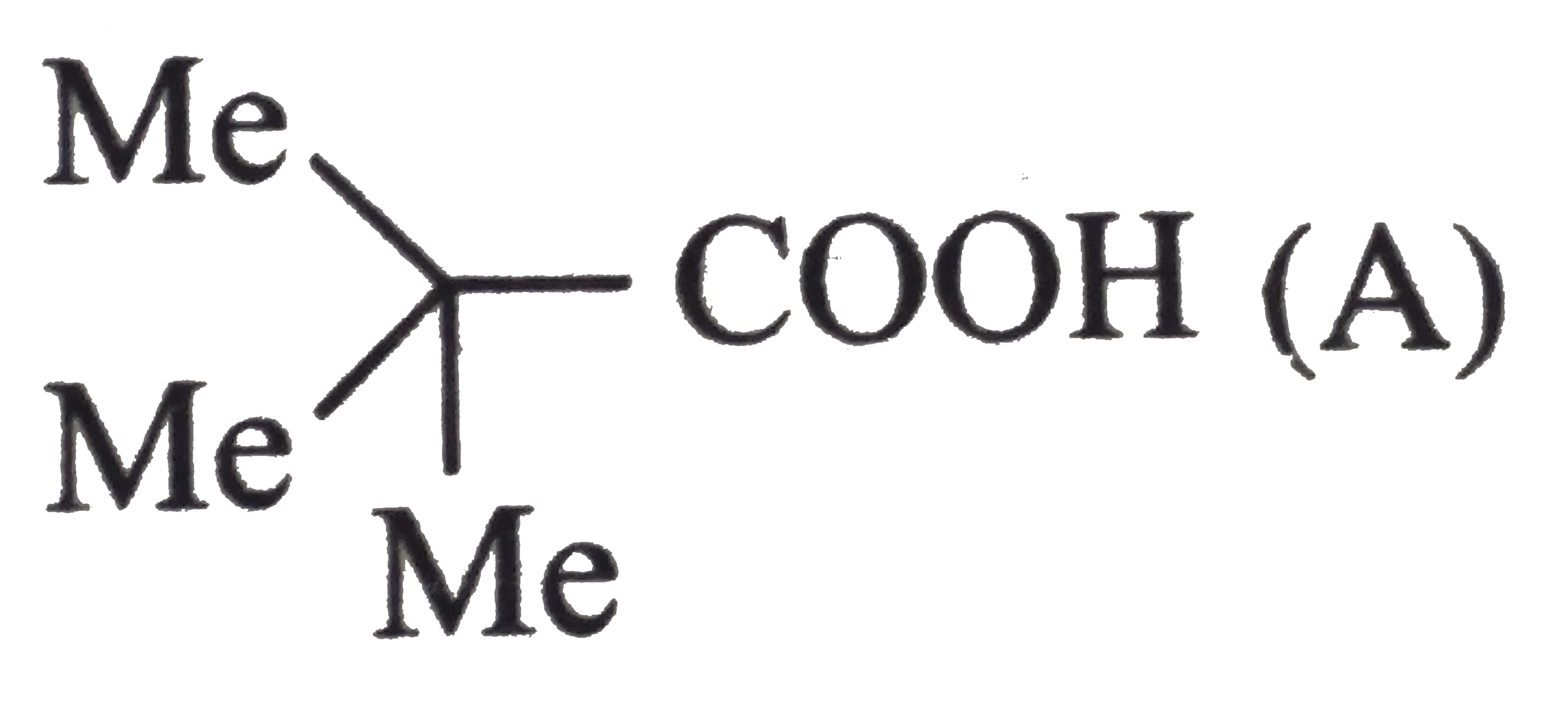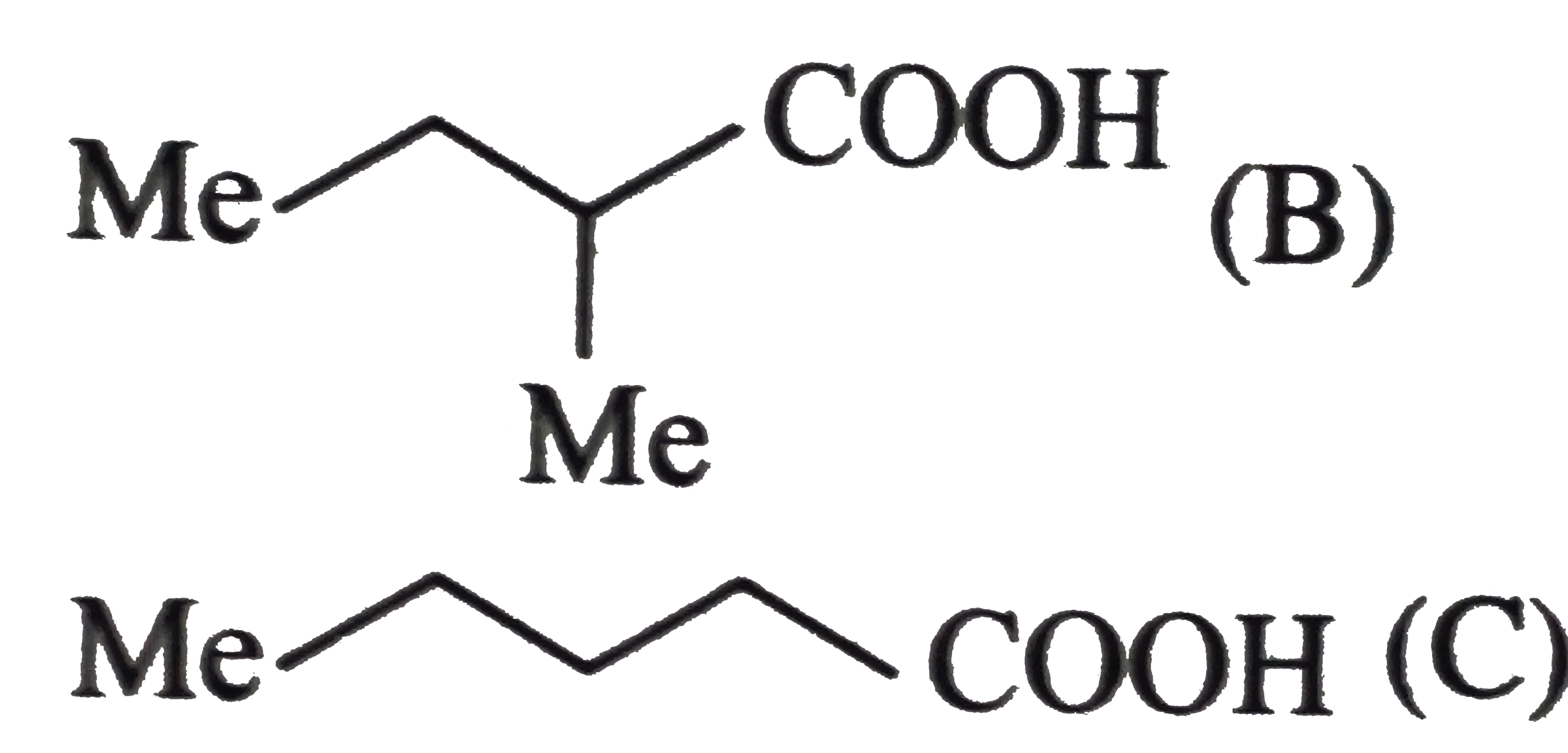Differentiate between the following :
Dominance and Recessive
Step-by-Step Solution
1. Definition of Dominance and Recessive:
- Dominance: In genetics, dominance refers to the relationship between alleles, where one allele (the dominant allele) masks the expression of another allele (the recessive allele) in a heterozygous condition.
- Recessive: Recessive alleles are those that do not express their trait when a dominant allele is present. They only express their trait when two copies of the recessive allele are present.
2. Notation:
- Dominance: Dominant alleles are typically represented by capital letters (e.g., T).
- Recessive: Recessive alleles are represented by lowercase letters (e.g., t).
3. Expression of Traits:
- Dominance: A dominant allele can express its trait even when only one copy is present. For instance, if the genotype is Tt (one dominant and one recessive allele), the dominant trait will be expressed.
- Recessive: A recessive allele will only express its trait when both alleles are recessive (e.g., tt). If there is a dominant allele present (Tt), the recessive trait will not be expressed.
4. Requirement for Expression:
- Dominance: A dominant allele does not require another similar allele to express its phenotype. It can express its trait alone.
- Recessive: A recessive allele requires both alleles to be recessive to express its phenotype. Therefore, it needs to be in a homozygous condition (tt) to show its effect.
5. Examples:
- Dominance: For example, in a plant where T represents tallness (dominant) and t represents dwarfness (recessive), both TT and Tt genotypes will result in a tall plant.
- Recessive: The genotype tt will result in a dwarf plant, as it is the only condition under which the recessive trait is expressed.
Summary Table
| Feature | Dominance | Recessive |
|----------------------|-----------------------------------|----------------------------------|
| Notation | Capital letter (e.g., T) | Lowercase letter (e.g., t) |
| Expression | Expressed with one allele present | Expressed only when both alleles are present (tt) |
| Requirement | Does not require another allele | Requires two recessive alleles (tt) |
| Example | TT or Tt results in tall plants | tt results in dwarf plants |
- Dominance: In genetics, dominance refers to the relationship between alleles, where one allele (the dominant allele) masks the expression of another allele (the recessive allele) in a heterozygous condition.
- Recessive: Recessive alleles are those that do not express their trait when a dominant allele is present. They only express their trait when two copies of the recessive allele are present.
- Dominance: Dominant alleles are typically represented by capital letters (e.g., T).
- Recessive: Recessive alleles are represented by lowercase letters (e.g., t).
- Dominance: A dominant allele can express its trait even when only one copy is present. For instance, if the genotype is Tt (one dominant and one recessive allele), the dominant trait will be expressed.
- Recessive: A recessive allele will only express its trait when both alleles are recessive (e.g., tt). If there is a dominant allele present (Tt), the recessive trait will not be expressed.
- Dominance: A dominant allele does not require another similar allele to express its phenotype. It can express its trait alone.
- Recessive: A recessive allele requires both alleles to be recessive to express its phenotype. Therefore, it needs to be in a homozygous condition (tt) to show its effect.
- Dominance: For example, in a plant where T represents tallness (dominant) and t represents dwarfness (recessive), both TT and Tt genotypes will result in a tall plant.
- Recessive: The genotype tt will result in a dwarf plant, as it is the only condition under which the recessive trait is expressed.
|----------------------|-----------------------------------|----------------------------------|
| Notation | Capital letter (e.g., T) | Lowercase letter (e.g., t) |
| Expression | Expressed with one allele present | Expressed only when both alleles are present (tt) |
| Requirement | Does not require another allele | Requires two recessive alleles (tt) |
| Example | TT or Tt results in tall plants | tt results in dwarf plants |
Topper's Solved these Questions
- PRINCIPAL OF INHERITANCE AND VARIATIONSBOOK - MBD -HARYANA BOARDCHAPTER - PRINCIPAL OF INHERITANCE AND VARIATIONSEXERCISE - EXERCISE
51 Videos
- ORGANISM AND POPULATIONBOOK - MBD -HARYANA BOARDCHAPTER - ORGANISM AND POPULATIONEXERCISE - EXERCISE
25 Videos
- PRINCIPLES AND PROCESSES IN BIOTECHNOLOGYBOOK - MBD -HARYANA BOARDCHAPTER - PRINCIPLES AND PROCESSES IN BIOTECHNOLOGYEXERCISE - EXERCISE
26 Videos
Similar Questions
Differentiate between the following:
(a) Dominance and Recessive
(b) Homozygous and Heterozygous
(c) Monohybrid and Dihybrid.
View SolutionDifferentiate between the following.
Flora and fauna
View SolutionDifferentiate between the following acids :
(a)
(b)
View SolutionDifferentiate between the following
(a) Exocrine and endocrine gland.
View SolutionDifferentiate between the following.
Endangered and extinct species
View SolutionDifferentiate between the following :
Amylose and Amylopectin
View SolutionDifferentiate between the following
Tendons and ligaments.
View SolutionDifferentiate between the following.
Apogamy and apospory
View SolutionDifferentiate between the following.
Homospory and heterospory
View SolutionDifferentiate between epistasis and dominance.
View Solution
